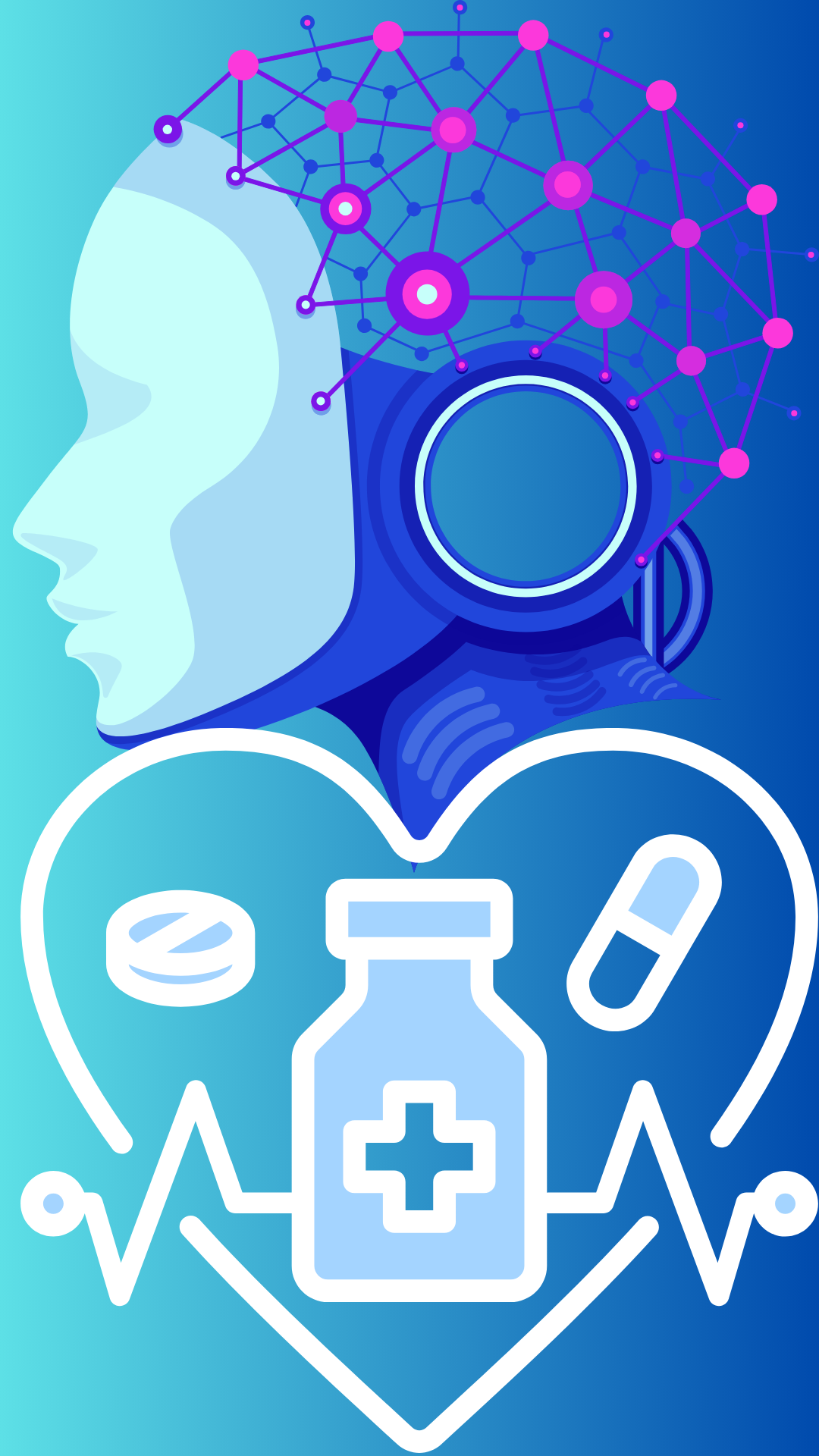- Regulatory Transformation: FDA’s Pioneering Steps Toward Reducing Animal Testing
FDA Announcement and the New Roadmap
On April 10, 2025, the U.S. Food and Drug Administration (FDA) announced a transformative step by launching a roadmap to reduce reliance on animal testing in preclinical drug evaluation, particularly in the development of monoclonal antibodies and other cases.
The agency immediately began encouraging the inclusion of data from new approaches (known as NAMs), such as AI-driven computational modeling, toxicity tests using cell lines, and advanced technologies like organoids or organs-on-a-chip, within Investigational New Drug (IND) applications (U.S. Food and Drug Administration).
Advanced Techniques and a Shift Toward Human-Based Methods
This roadmap reflects a growing orientation toward the use of advanced technologies such as computational modeling and microengineered organ-on-chip systems, which provide more accurate alternatives to animal models that often fail to reliably mimic human biological responses (U.S. Food and Drug Administration, Wikipedia).
Legal Foundation: FDA Modernization Act 2.0
This direction is strongly supported by the FDA Modernization Act 2.0 (2022), which eliminated the previous requirement for mandatory animal testing in most drug development processes. This legal update opened the door for alternative methods, such as computational and AI-driven simulations (WIRED, Wikipedia).
- Industry Adoption: Biotech Companies Respond Rapidly
Accelerated Use of AI
On September 2, 2025, a Reuters report confirmed that many biotech and research companies have started integrating AI technologies to accelerate drug discovery and reduce reliance on animal experimentation.
Notable Pioneers:
- Recursion Pharmaceuticals: Using an AI-powered platform, the company was able to move a proposed cancer drug candidate from laboratory discovery to clinical trials in just 18 months, compared to the industry average of 42 months (Reuters, Axios).
- Certara and Schrödinger: These companies leverage AI to predict drug behavior in the body, including absorption, distribution, and toxicity (Reuters).
Economic and Technical Outlook
Investment firms such as TD Cowen and Jefferies forecast that these methodologies — combining AI with reduced animal testing — could cut drug development time and costs by half within the next three to five years (Reuters).
Traditional Players Join the Race
Even traditional companies like Charles River, long known for providing animal testing services, are now investing in NAMs such as computational models and cell-on-chip systems, generating approximately $200 million annually in new revenue streams (Reuters). Similarly, InSphero uses 3D human liver tissue models for toxicity testing (Reuters).
Sustainable Hybrid Approach
Experts emphasize that in the near future, a “hybrid approach” will dominate — integrating AI and human-based models while gradually reducing, rather than completely eliminating, animal testing (Reuters).
- Impact of the Initiative on Drug Development and Scientific Research
Efficiency, Speed, and Cost Reduction
- Speed: Development timelines reduced from years to months; Recursion achieved 18 months instead of 42 (Reuters).
- Cost: Estimates suggest costs could be reduced by half or more over the coming years (Reuters).
- Accuracy and Reliability: Using direct human data or precise simulations reduces the risk of failure in later clinical stages.
Toward Fairer Access to Medicines
By accelerating development and lowering costs, drug prices are expected to decline gradually, expanding access — especially in resource-limited countries.
Ethical and Humane Considerations
The transition toward NAMs represents a clear ethical direction, reducing animal use in research and reinforcing fair and humane scientific standards.
- Connecting the Dots: How AI Is Shaping the Future of Medicine
Comprehensive Coverage of the Preclinical Stage
- ADME Modeling (Absorption, Distribution, Metabolism, and Excretion) through computational methods enables accurate predictions of drug behavior in the human body.
- Systems like organs-on-a-chip break reliance on animal testing by providing more realistic human-like responses.
AI and Big Data Analysis
- Technologies such as Generative Adversarial Networks (GANs) and Deep Learning (DL) are being used to identify new molecules, classify pharmacological activity, and optimize drug designs.
- Statistics reveal that 90% of drugs that appear promising in animal studies fail in humans — reinforcing the urgent need for human-based models and more accurate algorithms.
Supporting Academic Research
- Studies published in Future Healthc J. (2024) and ScienceDirect provide strong evidence that AI can replace a large portion of animal-based testing.
Conclusion: Embracing the Future with Intelligence and Compassion
Since April 2025, a genuine transformation has taken place both at the regulatory and industrial levels — supported by the FDA Modernization Act 2.0 and the agency’s drive toward more precise and ethical methods like NAMs and AI.
Key Expectations:
- Reduced time and cost while improving safety and predictive accuracy.
- Tangible ethical contributions by minimizing animal suffering.
- Broader access to innovative and affordable medicines.













